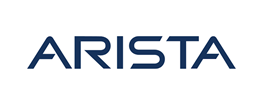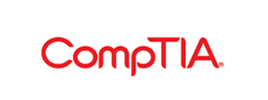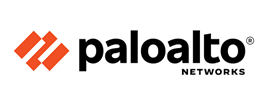- Course overview
- Course details
- Prerequisites
Course overview
About this course
The RHCSA Rapid Track course (RH199) features Red Hat® Enterprise Linux® 9 and is designed for those who already have significant experience with Linux administration. This course combines the significant content of Red Hat System Administration I (RH124) and Red Hat System Administration II (RH134), reviewing the tasks at an accelerated pace.
This course is based on Red Hat® Enterprise Linux 9.0.
Audience profile
This course is geared toward Windows system administrators, network administrators, and other system administrators who are interested in supplementing current skills or backstopping other team members, in addition to Linux system administrators who are responsible for these tasks:
- Configuring, installing, upgrading, and maintaining Linux systems using established standards and procedures
- Providing operational support
- Managing systems for monitoring system performance and availability
- Writing and deploying scripts for task automation and system administration
At course completion
As a result of attending this course, you should be able to perform essential Linux system administration tasks, including establishing network connectivity, managing physical storage, and executing basic security administration.
You should be able to demonstrate these skills:
- Access the command line locally and remotely
- Manage files from the command line
- Manage local users and groups
- Monitor and manage Linux processes
- Control services, daemons, and the boot process
- Manage services provided in existing container images
- Manage tuning profiles for system performance
- Control access to files with file system permissions
- Analyze and store log files
- Configure and secure the OpenSSH service
- Install and update software packages and appstreams
- Manage Linux file systems and volumes
- Manage Linux networking and firewalls
Course details
- Access systems and get help
Log in to local and remote Linux systems, and investigate problem resolution methods provided through Red Hat Insights and support.
- Navigate file systems
Copy, move, create, delete, and organize files while working from the bash shell.
- Manage local users and groups
Create, manage, and delete local users and groups and administer local password policies.
- Control access to files
Set Linux file system permissions on files and to interpret the security effects of different permission settings.
- Manage SELinux security
Protect and manage the security of a server by using SELinux.
- Tune system performance
Evaluate and control processes, set tuning parameters, and adjust process scheduling priorities on a Red Hat Enterprise Linux system.
- Install and update software packages
Download, install, update, and manage software packages from Red Hat and DNF package repositories.
- Manage basic storage
Create and manage storage devices, partitions, file systems, and swap spaces from the command line.
- Control services and the boot process
Control and monitor network services, system daemons, and the boot process using system.
- Manage networking
Configure network interfaces and settings on Red Hat Enterprise Linux servers.
- Analyze and store logs
Locate and accurately interpret logs of system events for troubleshooting purposes.
- Implement advanced storage features
Create and manage logical volumes containing file systems and swap spaces from the command line, and configure advanced storage features with Stratis and VDO.
- Schedule future tasks
Schedule tasks to automatically execute in the future.
- Access network-attached storage
Access network-attached storage, using the NFS protocol.
- Manage network security
Control network connections to services using the system firewall and SELinux rules.
- Running Containers
Obtain, run, and manage simple, lightweight services as containers on a single Red Hat Enterprise Linux server.
Prerequisites
- You will be expected to already understand fundamental Linux computing concepts and be ready to practice the Red Hat Enterprise Linux methods for performing system administration tasks. Significant field experience working with Linux as a system administrator is recommended.
- If you do not have experience with fundamental Linux computer concepts, we advise you to start with the Red Hat System Administration I (RH124) course instead.
Enquiry
Course : RHCSA Rapid Track Course
Enquiry
request for : RHCSA Rapid Track Course




















